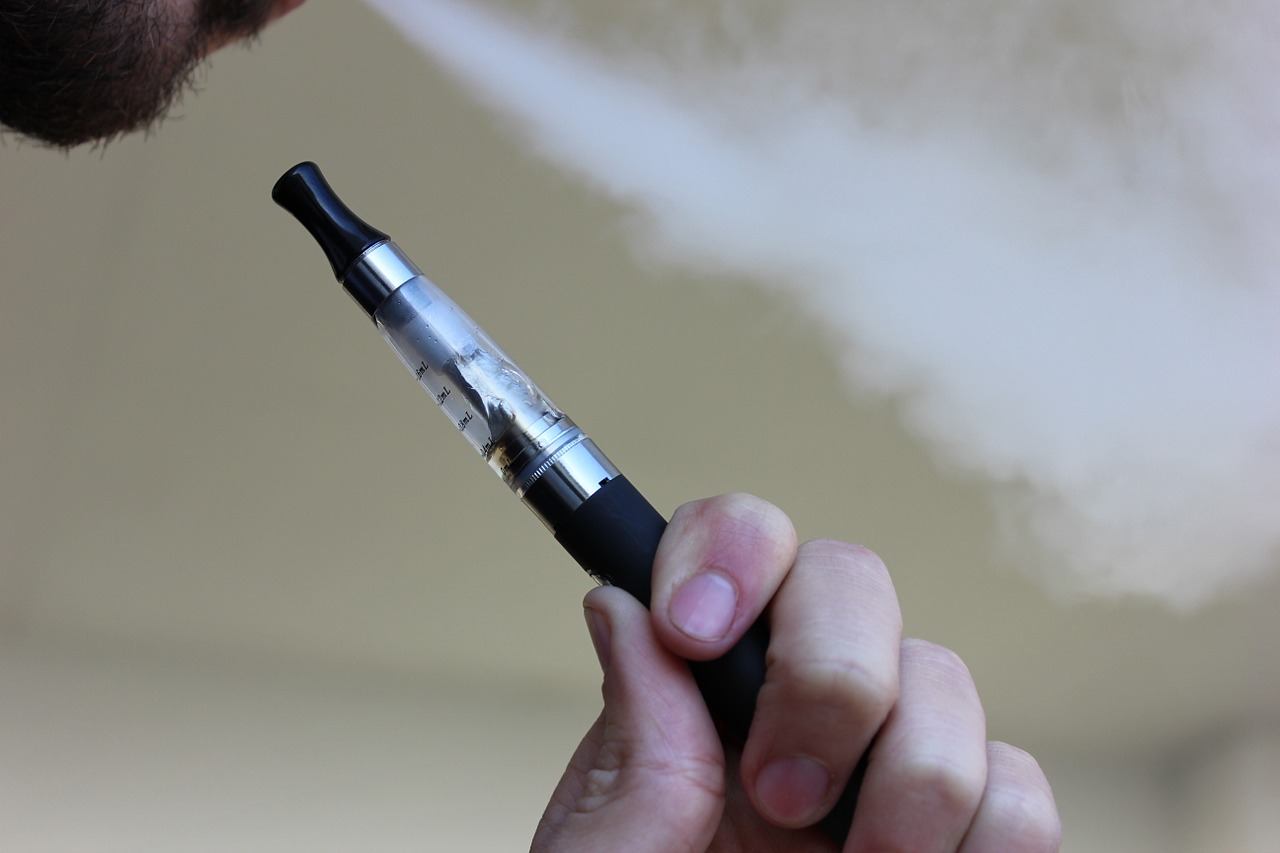Over the past several years, the use of e-cigarettes has increased greatly. While the original demographic for e-cigarettes was intended to be legal adults who already smoked traditional cigarettes, these numbers seem to be higher amongst a younger population than expected. Parents and guardians filed lawsuits alleging that the marketing campaigns lead by popular manufacturers, Juul Labs, promoted young adults and teens to take part in vaping. People claim that the sleek design and sweet-tasting flavors are appealing to younger audiences.
Due to minimal regulation of these products, not many are positive of the ingredients or how they affect consumers, let alone, the younger population using e-cigarettes. As the public health crisis escalates, children, who are not aware of what nicotine can do to the body, are becoming addicted to vaping and suffering from nicotine addiction.
The high concentration of nicotine in these products is not only causing nicotine addiction, but also nicotine toxicity. This occurs when the body has absorbed too much of the addictive chemical and begins to become poisonous. First signs of nicotine toxicity occurs as early as 15 minutes after its onset and can be easily missed because the symptoms, like headache, queasiness, or confusion, are common. Later signs, however, can be more serious including seizures, the inability to control muscles, and a lethargic feeling. Nicotine poisoning can also be deadly.
Over the past several weeks, hundreds of consumers have reported that they have vaping-related lung illnesses and 26 people have succumbed to their illnesses, with the youngest so far being 17 years old. As these numbers continue to rise daily, the dangers associated with vaping are becoming more apparent to all consumers, resulting in increased awareness. 54% of those affected are under the age of 25 and 15% of this number are under 18, which alarms public health officials who have already coined e-cigarette use as an “epidemic.”
While these consumers are being diagnosed with respiratory illnesses as a result of using vaping e-cigarettes, consumers all over the world are also being physically harmed by their devices. Although each device can look different due to various “generations” of e-cigarettes, most run on lithium-ion batteries. As a result of this design, the devices themselves can sometimes overheat and explode, which can seriously harm users.
Earlier this year, a Texas man was killed when his e-cigarette exploded in his face, severing an artery and causing the 24-year-old to have a stroke. Three pieces of the device went flying and one lodged so deeply in his throat that a medically-induced coma was necessary. In June, a teen from Springfield, Oregon was rushed to the hospital after suffering burns to his thigh after his vape device exploded. He suffered burns to around 18% of his body after the device exploded in his right pocket.
These instances of illnesses and other health issues have encouraged communities to come together to take their own action against the manufacturers. Aside from the consumer lawsuits being filed against popular companies like Juul Labs, states are taking steps to ban the products to aid in the deterrent of young people using the devices. By taking these products off the shelves completely, the younger population will be less able to get their hands on the products and become harmed.
New York, California, and Massachusetts are just three of the states that have taken matters into their own hands and led the way toward banning the products in their cities. Although some of these state bans are still pending or only last for a few months, it is predicted that this will greatly decrease the number of users that are harmed by the products.
While these communities stand together to fight the vaping epidemic, hundreds of Americans are still falling victim to the dangers. However, with these steps in place, the public health crisis is expected to decrease in size over the next several weeks. Right now, at least, it does not appear that vaping will be out of national headlines any time soon and we can expect a lot more legal and political action to be taken against Juul Labs.
Darian Carrow is a staff writer at ConsumerSafety.org and has a background in editorial communications which she uses to serve the public in sharing the important consumer news of today. With experience in writing and research, Darian fulfills her role at ConsumerSafety.org by focusing her research on trending safety and legal news that impacts consumers. Darian strives to be a trusted source for the general public, journalists, and wellness enthusiasts looking for connections to legal sources as a result of these health discoveries.
Suggested citation: Darian Carrow, The E-Cig Emergency, JURIST – Professional Commentary, October 23, 2019, https://www.jurist.org/commentary/2019/10/darian-carrow-e-cig-emergency/
This article was prepared for publication by Brianna Bell, a JURIST Staff Editor. Please direct any questions or comments to him/her at commentary@jurist.org


